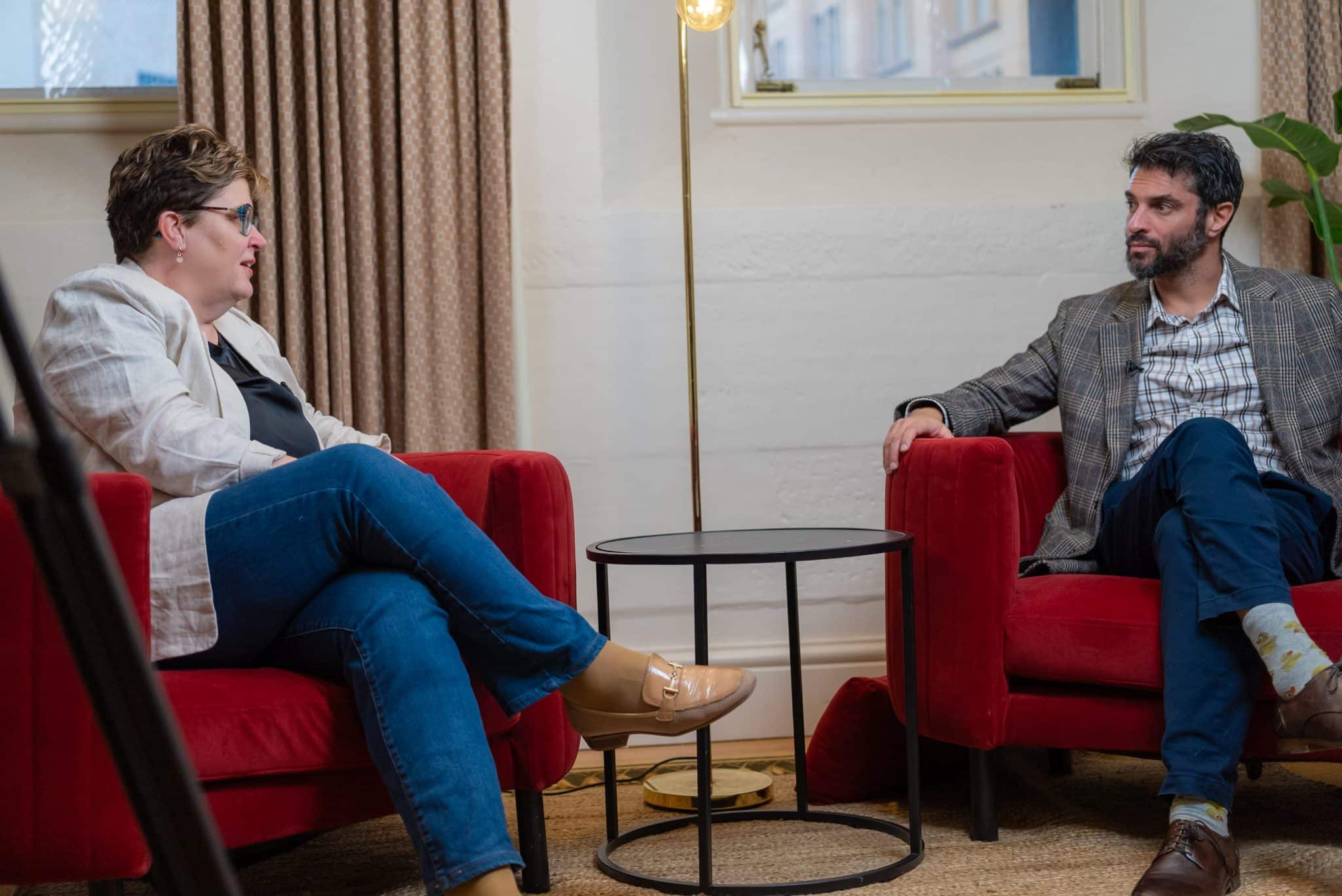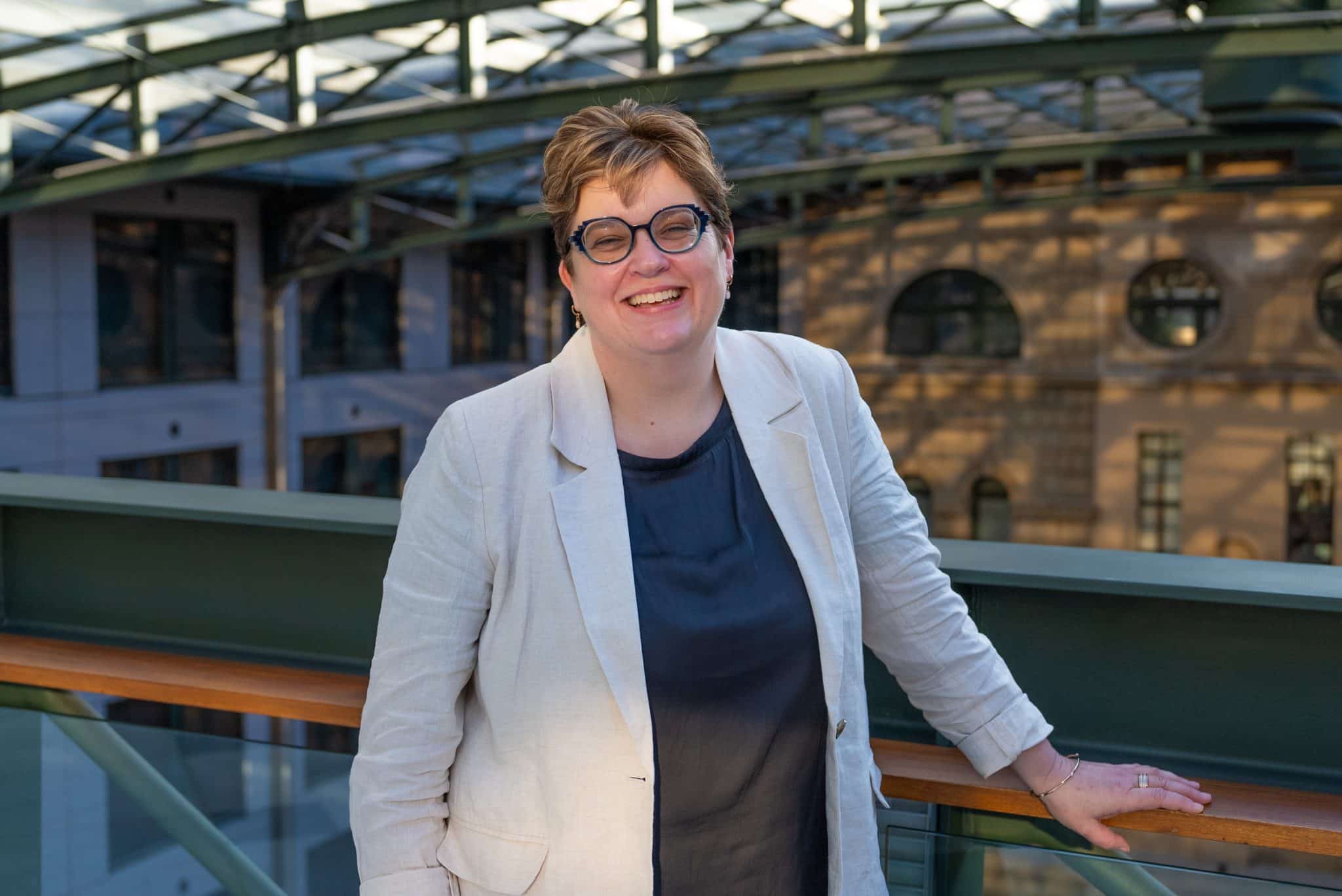Tracey Evans, CIO at Virtus Health, emphasises the importance of starting with a clear architectural view as one of the essentials of technology modernisation in this CIO Edge interview.
This means understanding the existing technology stack, identifying duplications, and mapping out capabilities needed for future growth.
This foundational approach helps in visualising and enhancing the current infrastructure, including evaluating security postures and capabilities of the team involved in the modernisation process.
Tracey points out that a solid architecture is a critical pillar in driving successful technology modernisation.
Tracey also reflects on her experience at Seek, where she faced the challenge of balancing application consolidation with the need for value creation.
She describes a rigorous process of evaluating existing software, considering whether to enhance or replace it based on its ability to scale and meet business needs.
This process included conducting a market scan and RFP, involving the business in decision-making, and ensuring alignment with long-term business goals.
She highlights the significance of engaging with key stakeholders and the role of thorough due diligence in achieving successful outcomes.
In her new role at Virtus Health, Tracey is navigating a broader tech landscape, managing the entire tech domain in a healthcare setting, which contrasts with her previous role focusing on specific tech areas.
She notes the challenges of educating stakeholders in healthcare about the benefits of digital transformation and the importance of having digital champions within the organisation.
Tracey is working on building these champions to align technology strategies with business needs, and she anticipates a shift in CIO roles towards broader business engagement and education, alongside maintaining technology security and effectiveness.
Key takeaways:
- Start with clear architecture: Establish a solid architectural foundation to understand your current technology stack, identify redundancies, and map out necessary capabilities for future growth. This foundational approach is crucial for successful modernisation.
- Involve stakeholders and conduct due diligence: Engage key stakeholders in evaluating software and technology solutions and perform thorough due diligence, including market scans and RFP processes, to ensure alignment with business goals and scalability.
- Build digital champions and focus on education: Develop digital champions within the organisation to help drive technology adoption and align strategies with business needs. Emphasise education and communication to bridge gaps in digital literacy and maximise the impact of technology initiatives.


























